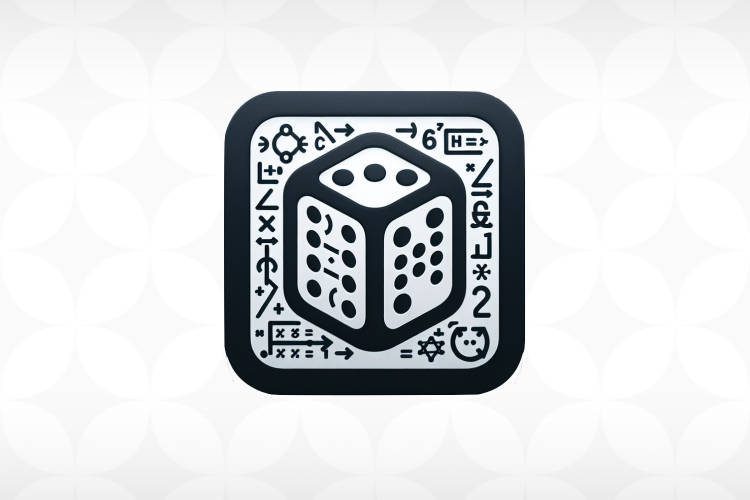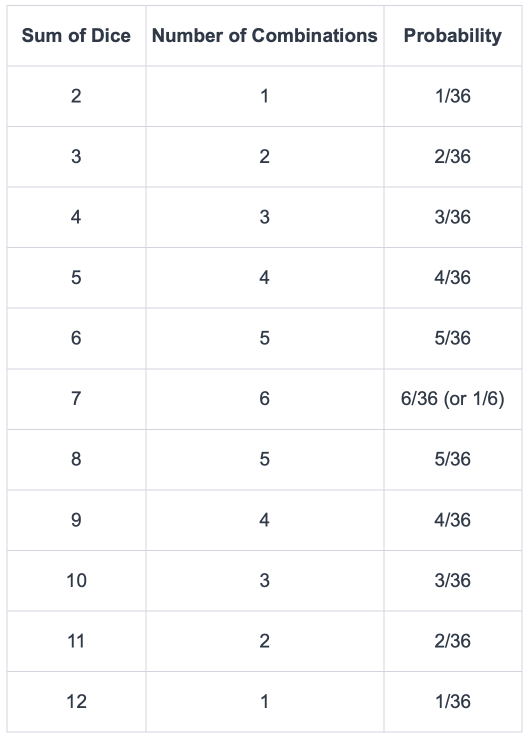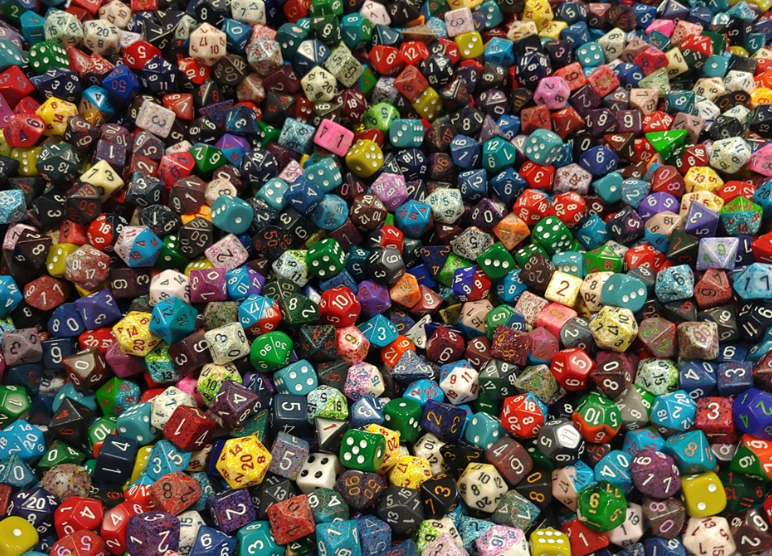
Gambling dice games have been witching players for centuries, offering a unique mix of excitement and chance. One interesting aspect that adds depth to these games is the underpinning mathematics of probability and odds. Understanding these generalities not only enhances the gaming experience but also provides precious perceptivity for players seeking to ameliorate their strategies and make further informed opinions.
The Significance of Probability in Gambling Dice Games
At the heart of gambling dice games lies the conception of probability. Probability, in the environment of bone games, refers to the liability of a particular outgrowth being. Whether you are playing, the abecedarian principles of probability play a pivotal part in determining the implicit issues and the associated odds.
The Role of Dice: A Simple Yet Powerful Randomizer
Dice, as gaming instruments, are simple objects with a profound impact on the outcomes of gambling dice games. Typically six-sided, a die has equal chances of landing on any of its faces. This simplicity contributes to the fairness of the game, as each outcome has an equal probability of occurring. The concept of probability becomes more evident when considering the combinations that result from rolling multiple dice.
Probability and the Basics of Dice Combinations
To delve into the mathematics behind dice games, one must grasp the basics of combinations. Take, for instance, a standard six-sided die. The total number of possible outcomes when rolling the die is 6 (faces numbered 1 through 6). Understanding the probability of rolling a specific number involves considering the ratio of favourable outcomes to the total possible outcomes. For a fair six-sided die, the probability of rolling any single number is 1/6.
Expanding on this concept, when rolling two dice, the number of possible outcomes increases exponentially. With two six-sided dice, there are 36 possible combinations (6 faces on the first die multiplied by 6 faces on the second die). Calculating the probability of rolling a specific sum, such as a 7, involves identifying the number of combinations that result in that sum (in this case, 6 different combinations for a sum of 7) and dividing it by the total number of possible outcomes (36). Therefore, the probability of rolling a 7 with two six-sided dice is 6/36 or 1/6.
This table shows the number of possible combinations and the probabilities for each sum when rolling two six-sided dice:

Odds and Payouts in Gambling Dice Games
Understanding probability naturally leads to an exploration of odds and payouts in gambling dice games. Odds represent the ratio of the probability of a specific outcome occurring to the probability of it not occurring. In the context of casinos, odds are often expressed as payouts, influencing the potential returns for players.
For example, in the game of craps, where the shooter aims to roll a 7 or 11 on the come-out roll, the probability of success is 8/36. Conversely, the probability of rolling a 2, 3, or 12 and losing is 4/36. The odds for a successful roll are therefore 8 to 4 or 2 to 1. Casinos offer payouts based on these odds, with players receiving double their bet for a successful roll.
Vitaliy Klymenko, Editor In Chief at Slotamia, highlights the elements that create a variety of betting and payout possibilities in a dice game that provide variety and interest for players:
- Success and loss coefficients: Defined for each specific game outcome, they reflect the probability of its occurrence and non-occurrence.
- Bets on specific combinations: Players can place bets on specific dice combinations, such as «craps» in the example — numbers 7 or 11. Payouts depend on the probabilities of these combinations.
- Bets on the total dice sum: Players can also bet on the sum shown on the dice. For example, a bet on a sum of 8 or 12 depends on the probabilities of these sums occurring.
- Player return coefficients: The casino may set special coefficients that affect the overall payout amount to players in response to their bets.
- Bonus payouts for different combinations: The casino may provide bonus payouts for certain types of combinations, such as sequences of specific numbers or double combinations.
- Bets on the choice of dice: Players can make bets on a specific type of dice (which may be marked or have special characteristics), influencing their chances of success.

Probability and Decision-Making in Dice Games
A deep understanding of probability empowers players to make more informed decisions during gambling dice games. Whether it's deciding when to hit or stand in craps or placing bets strategically in sic bo, the mathematical underpinnings provide a framework for strategic play. Players can assess the risk and reward associated with each decision, making the gaming experience not just a game of chance but a game of skill and strategy.
Conclusion
In conclusion, the mathematics behind gambling bones games add a subcaste of complexity and conspiracy to these dateless forms of entertainment. Probability and odds serve as the foundation, shaping the issues and impacting the strategic opinions of players. Embracing the fine aspects of bone games not only enhances the appreciation of the games themselves but also empowers players to approach the table with a newfound understanding of the underpinning principles that govern their favourite pastime.













